Find the right excavator ripper for breaking up hard surfaces
Are you searching for an effective excavator ripper attachment to tackle challenging surfaces and materials? Tiannuo Machinery offers premium quality ripper attachments specifically engineered to break through the toughest surfaces with ease and efficiency. Our ripper attachments combine innovative design principles with robust construction to deliver superior penetration capabilities across various applications. Whether you're working with frozen ground, compacted soil, asphalt, or bedrock, these versatile implements provide the force needed to fracture and dislodge resistant materials efficiently. Designed for railway construction professionals, demolition specialists, mining operators, and general construction contractors, our rippers dramatically enhance excavator functionality without requiring a complete equipment change.
Choose A Ripper With A Streamline Design
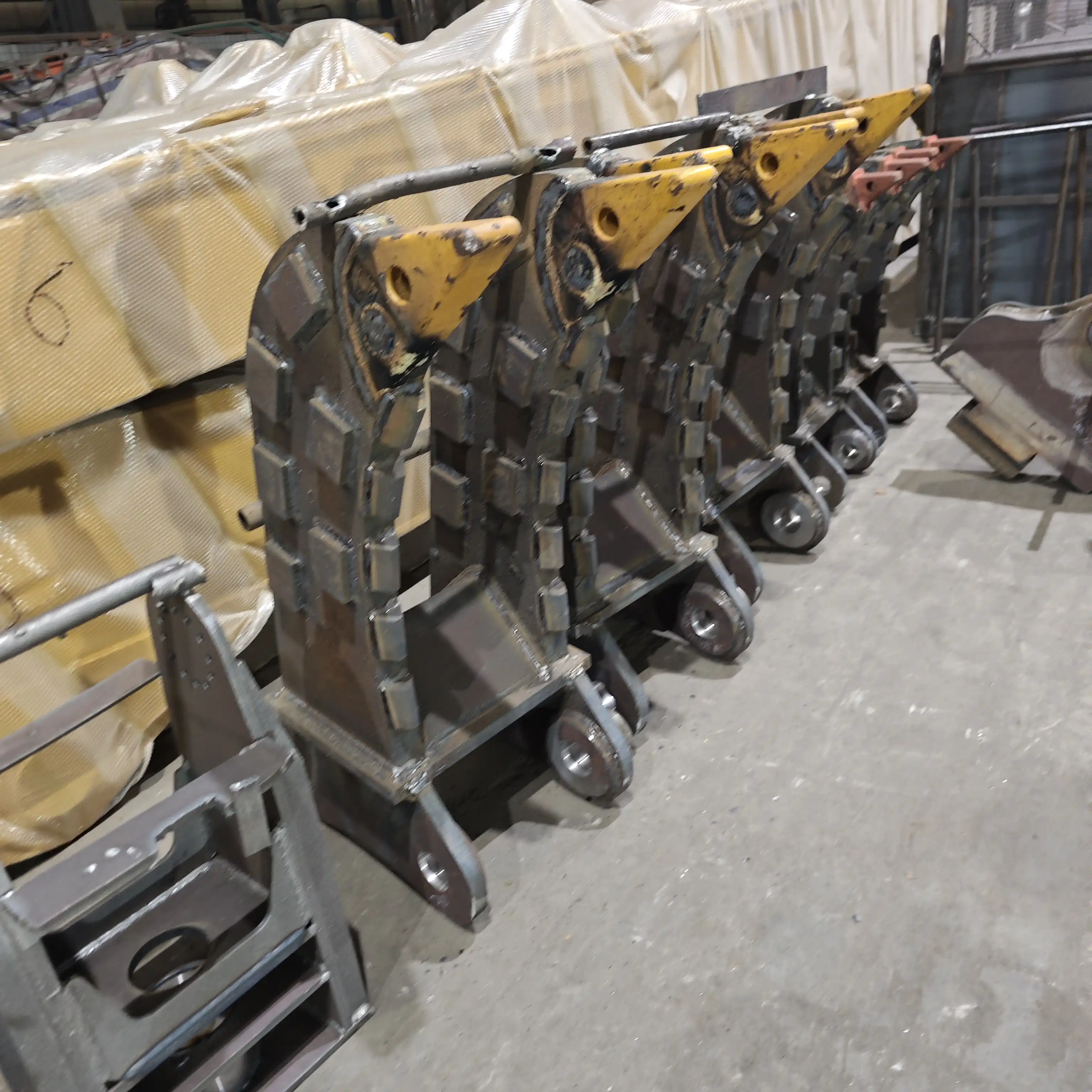
Aerodynamic Profiling for Enhanced Performance
A streamlined excavator ripper design delivers substantial performance advantages in demanding excavation scenarios. The carefully contoured profile minimizes material accumulation around the attachment during operation, preventing efficiency-robbing buildup that can halt productivity. This sleek design philosophy extends to the penetrating tooth geometry, where calculated curvature ratios create optimal entry angles for different material types. Railway construction and maintenance operations particularly benefit from this precision engineering, as ballast removal and subgrade preparation require consistent penetration capabilities. Advanced computational modeling during the design phase identifies potential stress concentration points, allowing engineers to redistribute forces evenly throughout the structure. This strategic approach eliminates vulnerability zones while maintaining an efficient overall profile. The streamlined construction also reduces vibration transfer to the carrier machine, extending component lifespan while improving operator comfort during extended operation periods. By minimizing drag forces during material extraction, these aerodynamic designs allow operators to maintain steady pulling motions without power-sapping resistance peaks, ultimately improving fuel efficiency while maintaining productive breaking rates.
Weight Distribution Optimization
Superior excavator ripper attachments feature precisely calculated weight distribution that balances performance with machine stability. Strategic mass placement creates ideal leverage ratios that maximize breaking force while minimizing counterweight requirements on the carrier excavator. This thoughtful engineering approach prevents unnecessary strain on boom hydraulics and pivot points, extending machine service intervals while maintaining optimal ripper performance. For railway maintenance operations involving track bed reconditioning, this balanced design proves particularly valuable when working alongside active lines where stability directly impacts operational safety. The attachment's center of gravity remains positioned to complement the excavator's existing balance characteristics, preventing unexpected weight shifts during material engagement and extraction cycles. Advanced metallurgical techniques including differential hardening processes allow manufacturers to concentrate mass precisely where needed for penetration while reducing non-functional weight elsewhere. This sophisticated approach yields attachments that deliver exceptional breaking power without imposing excessive carrying loads on the excavator during transportation between work areas. Contractors in the demolition and construction sectors particularly appreciate these design considerations when working in confined spaces where machine stability directly impacts project safety parameters.
Proper tyne construction
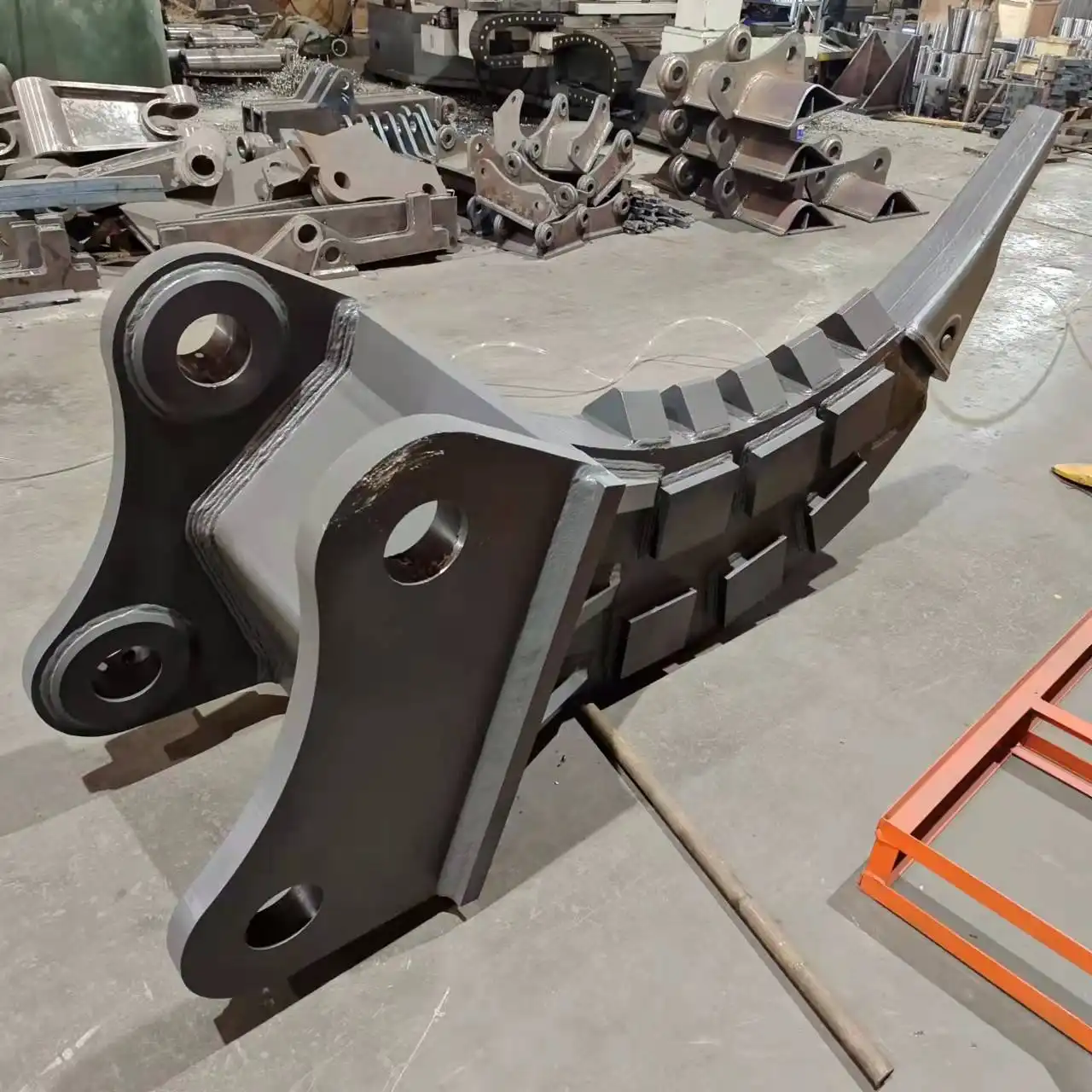
Optimal Geometry for Maximum Penetration
The tyne geometry of a superior excavator ripper represents the culmination of extensive engineering research and field validation. The penetrating tip features precise attack angles calibrated to the specific material characteristics encountered in railway construction, mining, and demolition applications. This calculated geometry creates ideal stress concentration patterns that initiate controlled fractures along natural material weakness planes, dramatically reducing the force required for effective breaking. The tyne's curvature profile maintains optimal ground engagement throughout the penetration depth range, preventing power-robbing slippage during extraction movements. For operations involving stratified materials like layered sedimentary rock or composite construction materials, this precision geometry proves particularly valuable by maintaining consistent penetration across varying resistance zones. Advanced designs incorporate progressive width profiles that create expanding fracture patterns as penetration depth increases, enhancing material displacement efficiency without requiring additional input force. This sophisticated approach to tyne geometry extends to the transition zones between the penetrating tip and main body, where carefully calculated radius patterns distribute stress loads evenly throughout the structure. By eliminating sharp internal transitions that could become failure initiation points, these designs maintain structural integrity even under extreme loading conditions encountered in demanding applications.
Wear-Resistant Surface Treatments
Premium excavator ripper attachments feature advanced surface treatments that dramatically extend service life in abrasive environments. These specialized processes modify the surface layer characteristics without compromising the base material's structural properties, creating ideal combinations of wear resistance and impact toughness. Hard-facing applications using chromium-carbide overlays protect high-wear zones through carefully controlled deposition patterns that prevent heat-affected zone weaknesses. This sophisticated approach proves particularly valuable for railway maintenance operations involving ballast materials with high silica content that rapidly abrade conventional surfaces. Some manufacturers employ thermal diffusion processes that create gradient hardness profiles transitioning from extremely wear-resistant outer layers to tough, crack-resistant core materials. This advanced metallurgical approach prevents the surface hardening from creating brittleness that could lead to premature failure under impact loading conditions. The surface treatment strategy extends to specific wear pattern analysis based on application profiles, allowing customized protection schemes for mining versus construction versus demolition operations. Quality manufacturers apply these treatments with precise thickness control and appropriate edge transitions that prevent delamination or spalling during operation. By incorporating these sophisticated surface enhancement technologies, premium tynes maintain optimal geometry and performance characteristics throughout extended service intervals, dramatically reducing the lifetime ownership costs while maximizing operational availability.
Manufactured from high strength steel

Metallurgical Considerations for Peak Performance
The foundation of exceptional excavator ripper performance begins with sophisticated metallurgical formulations tailored to the specific demands of penetrating high-resistance materials. Premium manufacturers utilize specialized steel alloys containing precisely calculated percentages of chromium, manganese, nickel, and molybdenum that create optimal combinations of hardness, toughness, and wear resistance. These carefully engineered compositions prevent brittle fractures while maintaining edge retention during extended operation periods. The manufacturing process includes controlled cooling sequences that ensure consistent crystalline structures throughout critical components, eliminating weak zones that could initiate premature failures under load. For railway construction applications involving extensive linear operations, this metallurgical consistency delivers predictable performance characteristics that enable accurate project scheduling and resource allocation. Advanced alloy selections also address corrosion resistance requirements encountered in chemically aggressive environments without compromising mechanical properties. The steel composition specifically accounts for operating temperature ranges encountered in different geographical regions, maintaining optimal performance characteristics whether working in arctic conditions or tropical environments. Quality manufacturers maintain strict chemical composition control throughout the production process, regularly verifying alloy percentages through spectrographic analysis to ensure each component matches engineering specifications exactly.
Quality Verification Through Destructive and Non-Destructive Testing
Manufacturing excellence in high-strength steel excavator ripper components relies on comprehensive testing protocols that verify both material properties and structural integrity. Destructive testing programs regularly sample production components for tensile strength, impact resistance, and hardness certification, ensuring consistent adherence to engineering specifications. These verification procedures include charpy impact testing at application-specific temperatures, confirming appropriate toughness characteristics across the operational environment range. For railway construction and maintenance applications where attachment failure could impact critical infrastructure, this testing rigor provides essential quality assurance. Non-destructive evaluation extends this verification through ultrasonic examination that identifies any internal discontinuities that could develop into operational failures under stress. Magnetic particle inspection reveals surface and near-surface irregularities that might otherwise escape visual detection, while dye penetrant testing identifies potential crack initiation points around welds and stress transition zones. Quality manufacturers maintain detailed documentation of these inspection results, creating traceable quality verification for each component through the production process. Advanced manufacturers complement traditional testing with load-cycle simulation that subjects representative samples to accelerated service conditions, validating design life calculations before releasing products to the field. This comprehensive approach to quality verification ensures that high-strength steel components consistently deliver the exceptional performance characteristics required for demanding excavation applications across railway construction, mining, and demolition industries.
FAQ
1. How do I determine the right size ripper for my excavator?
Selecting the appropriate ripper size requires matching the attachment to both your excavator's specifications and your operational requirements. Begin by identifying your machine's operating weight, hydraulic flow capacity, and boom configuration as these fundamentals establish the basic compatibility parameters. The excavator's weight class directly correlates with appropriate ripper dimensions – generally, the ripper weight should not exceed 10-15% of the excavator's operating weight to maintain proper stability and performance. Hydraulic capacity must match the ripper's requirements, with undersized systems unable to generate sufficient breaking force while oversized combinations risk system damage. Consider your typical material conditions, as harder materials require rippers with reinforced construction that may increase weight requirements. Manufacturing quality significantly impacts performance capabilities, with premium construction allowing smaller rippers to outperform larger but inferior attachments in challenging applications.
2. What maintenance is required for excavator ripper attachments?
Proper maintenance routines significantly extend excavator ripper service life while maintaining optimal performance characteristics. Daily inspection protocols should include visual examination of the penetrating tooth for wear patterns, damage, or deformation that could indicate developing problems. Lubrication requirements focus on pivot points and bushings, with greasing intervals determined by operational intensity and environmental conditions – dusty environments typically require more frequent lubrication to prevent abrasive contamination. Hydraulic connection points demand regular inspection for leaks, damage, or contamination that could compromise system integrity. Wear component replacement timing varies by application intensity, with tooth replacement generally required after 500-1,000 operational hours in moderate conditions. Structural inspection should assess weld integrity, mounting connection security, and overall alignment at regular intervals. Proper storage between projects protects hydraulic components and prevents unnecessary environmental exposure that accelerates corrosion development.
Excavator Ripper For Sale
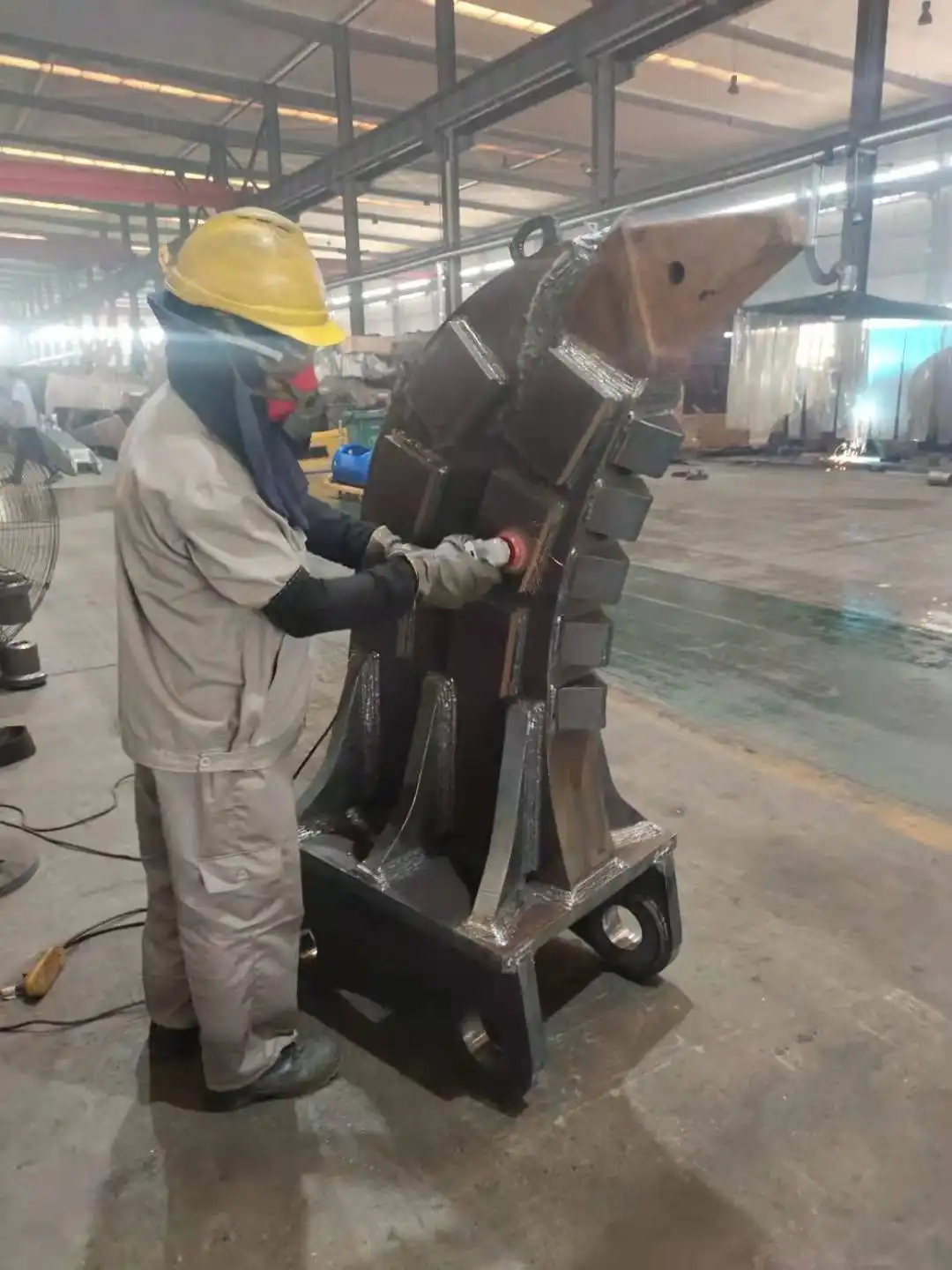
Do you want to make your excavation work more efficient and powerful? Tiannuo Machinery's excavator rippers are here to help. Tailored for different working weights and material strengths, our rippers are suitable for machines ranging from 3-5T to 31-35T. They also offer various board thicknesses and materials to suit various operational requirements. Don't wait any longer. Contact us at arm@stnd-machinery.com, rich@stnd-machinery.com, or tn@stnd-machinery.com to discover more and equip your machinery with our excellent rippers.
References
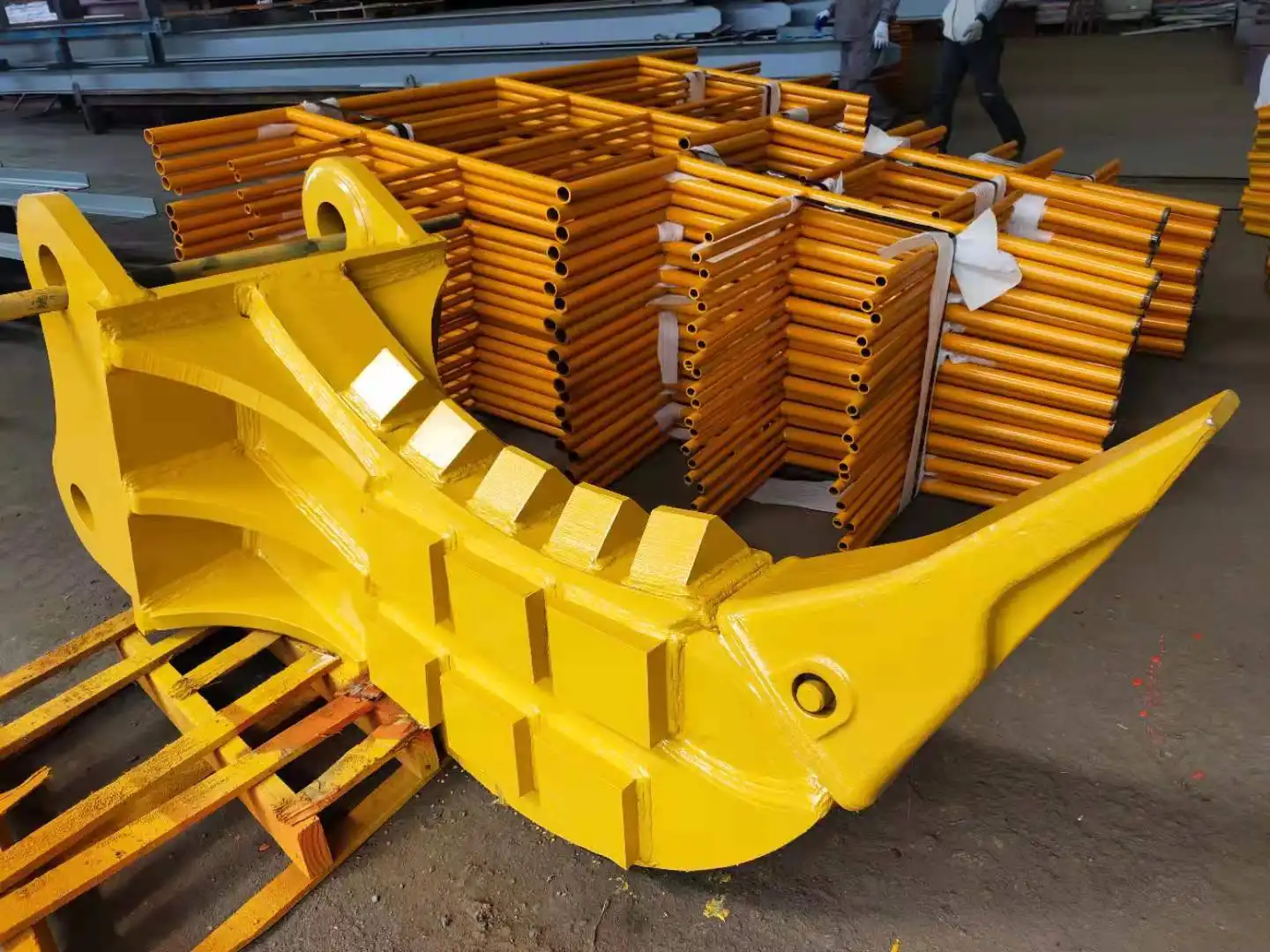
International Association of Equipment Manufacturers. "Modern Excavation Attachment Design: Engineering Principles for Optimal Performance." Technical Publication Series, Volume 42.
Journal of Construction Equipment Engineering. "Metallurgical Advancements in Ground Engagement Tools for Extreme Conditions." Annual Research Edition.
Railway Engineering Institute. "Equipment Solutions for Track Bed Rehabilitation and Maintenance." Railway Technology Quarterly, Issue 87.
Thompson, M. "Material Fracture Mechanics in Excavation Applications: Design Implications for Modern Attachments." Engineering Design Review, Volume 26.
Institute of Mining Technology. "Comparative Analysis of Excavation Methods in Variable Density Materials." Mining Operations Research Bulletin, Edition 118.
Construction Equipment Maintenance Association. "Best Practices for Hydraulic Attachment Selection and Maintenance." Industry Standards Publication, Technical Reference Series.
About Author: Arm
Arm is a leading expert in the field of specialized construction and railway maintenance equipment, working at Tiannuo Company. Tiannuo specializes in manufacturing a wide range of products, including railway maintenance equipment like railway sleeper changing machines and screening machines, excavator modification equipment such as excavator lifting cabs, various engineering arms for excavators, excavator accessories like digging buckets, and engineering vehicle auxiliary equipment like loader buckets.
YOU MAY LIKE
 VIEW MORELoader Tire Anti-Skid Track
VIEW MORELoader Tire Anti-Skid Track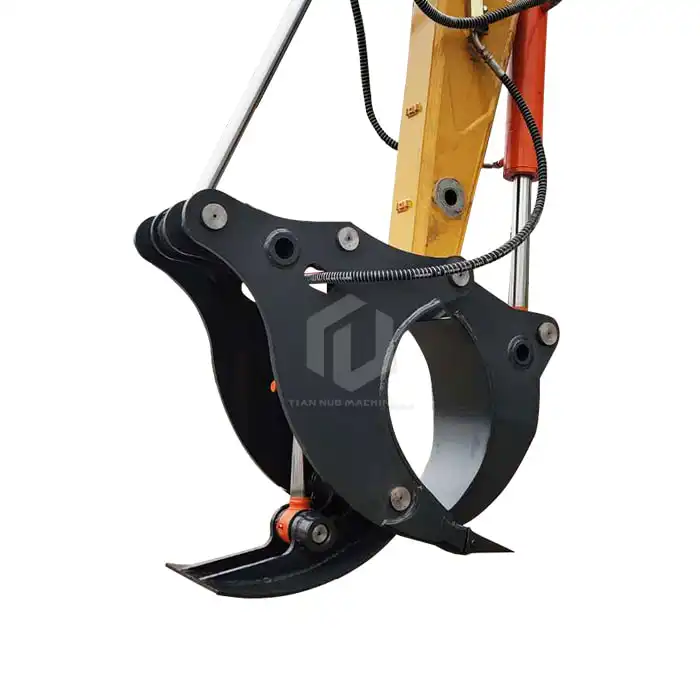 VIEW MOREExcavator Tree Stumper
VIEW MOREExcavator Tree Stumper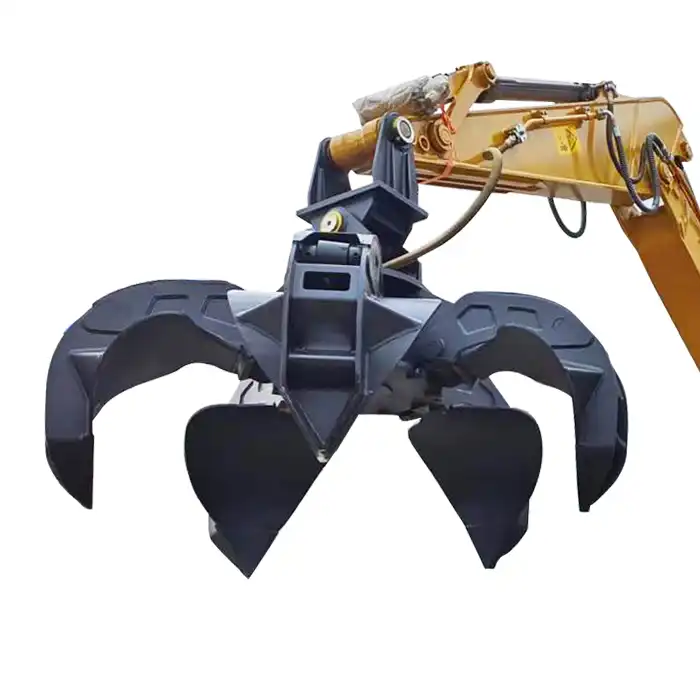 VIEW MOREExcavator Metal Scrap
VIEW MOREExcavator Metal Scrap VIEW MOREExcavator High Frequency Screening Bucket
VIEW MOREExcavator High Frequency Screening Bucket VIEW MOREExcavator High Reach Demolition Long Boom And Arm
VIEW MOREExcavator High Reach Demolition Long Boom And Arm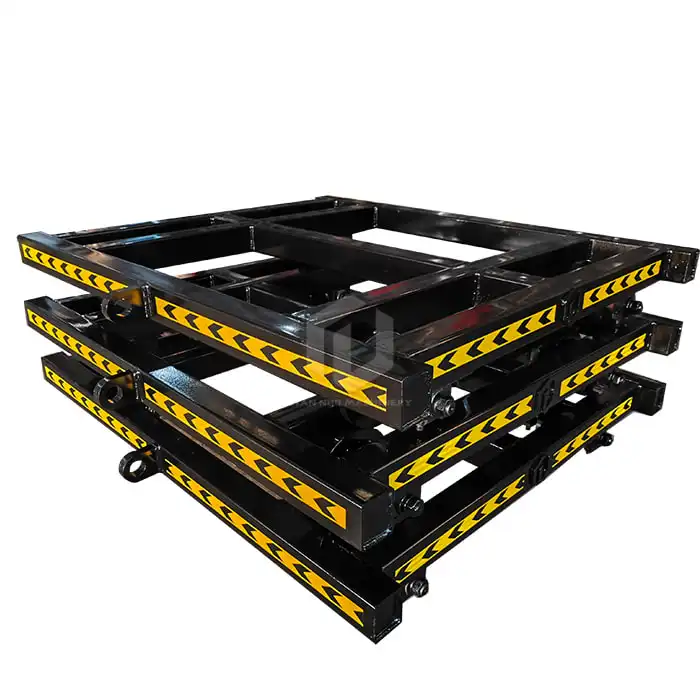 VIEW MORERail Track Trolley
VIEW MORERail Track Trolley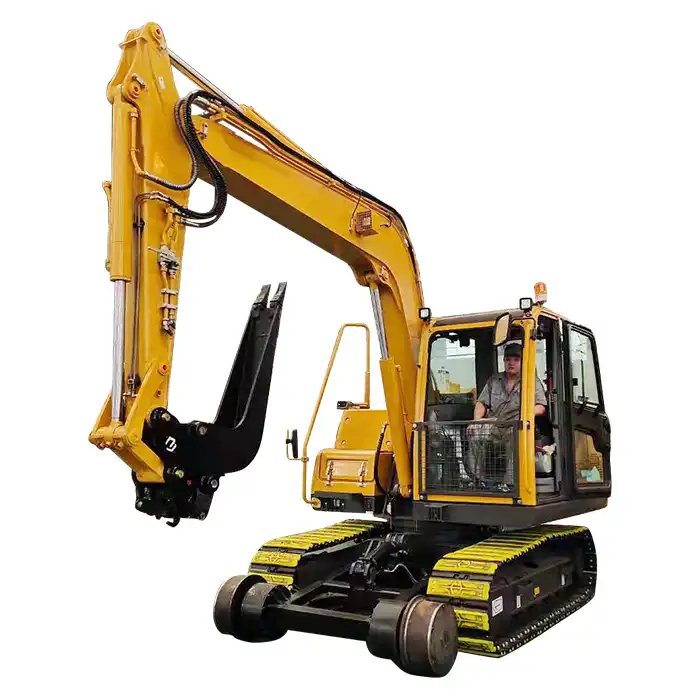 VIEW MORERailway Excavator Cleaning Bucket
VIEW MORERailway Excavator Cleaning Bucket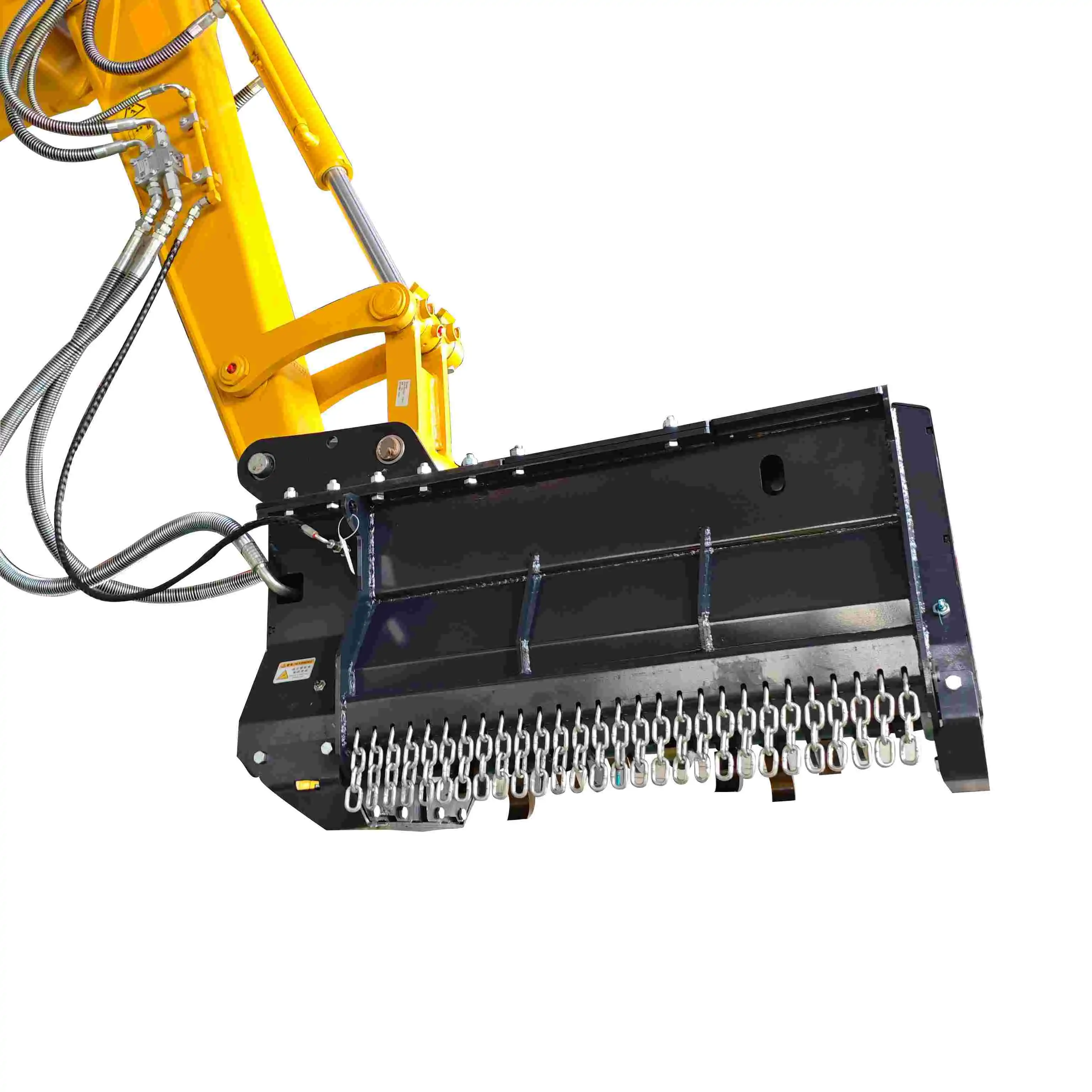 VIEW MOREExcavator Brush Cutter
VIEW MOREExcavator Brush Cutter

